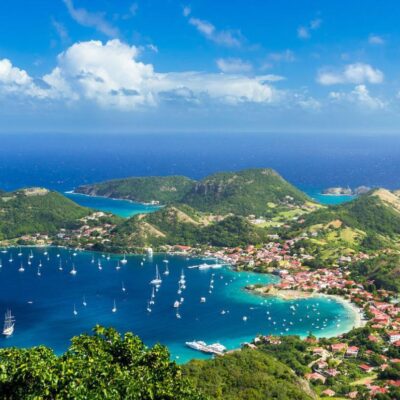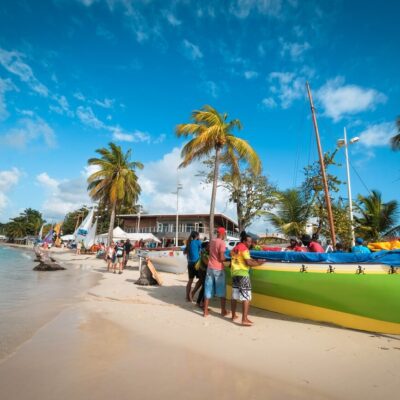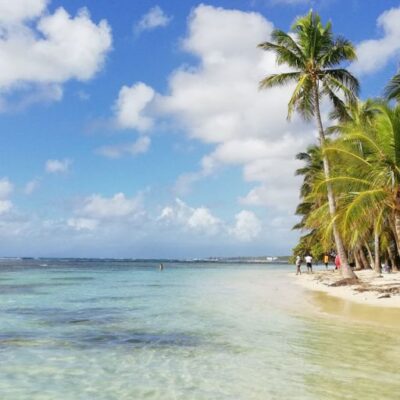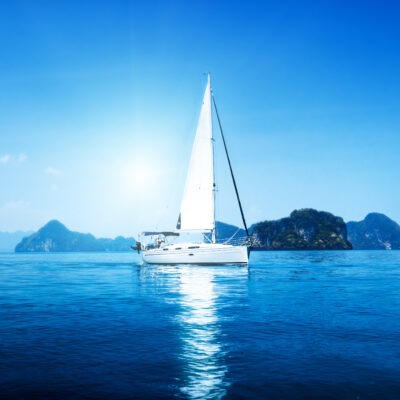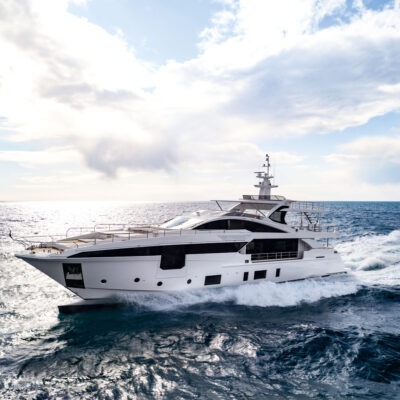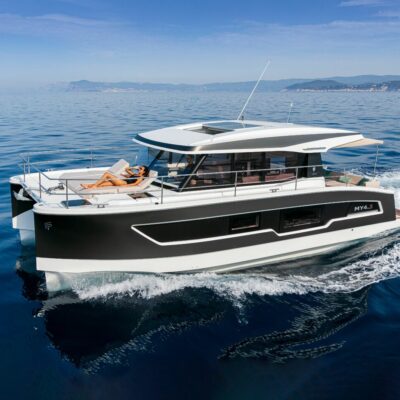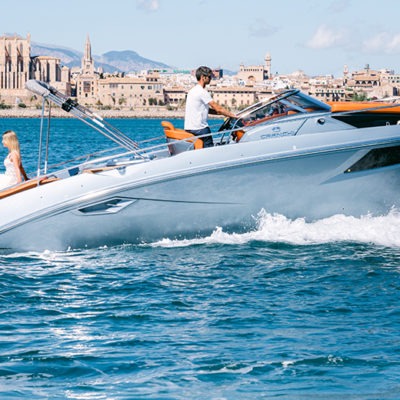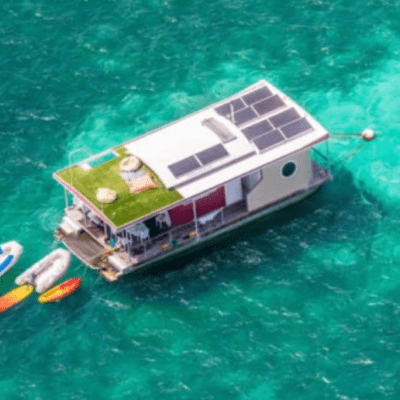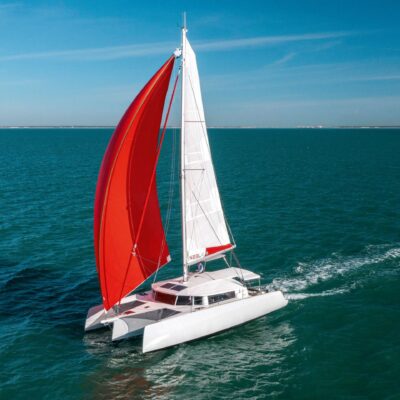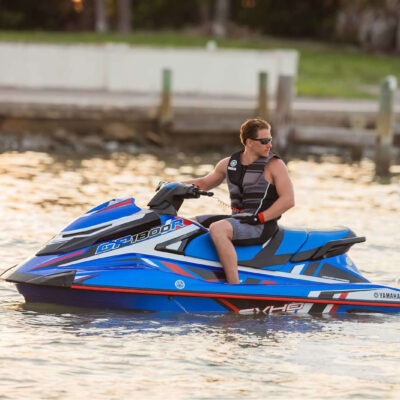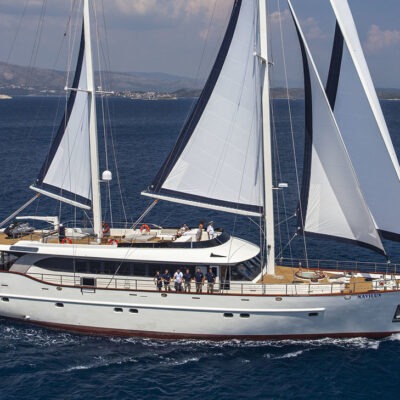Guadeloupe

A French overseas department in the Caribbean. It belongs to the Lesser Antilles, including the group of the Windward Islands.
Guadeloupe is part of the Leeward Islands and stands out because of its butterfly shape. The eastern wing, Grand-Terre, features Pointe-à-Pitre, the island’s biggest city and center of tourism. The western wing, called Basse-Terre, is less developed and dominated by an impressive national park. A narrow channel called the Salt River separates the two halves of the island.
Guadeloupe is dotted with old plantations and colonial homes, while local markets burst with color and activity. Hike through the rainforest to a breathtaking waterfall and you’ll be rewarded for your hard work with an opportunity to swim in the natural river pools near the falls. Snorkel in the crystal clear waters off the island’s coast for a front-row seat in the observation of fish and other ocean life.
Weather:
The average temperatures in Guadeloupe in winter is about 24 Celsius degrees and 31 Celsius degrees in summer. Temperatures at night can drop so it is better packing a light jacket. The dry season is between December and May with the driest month in March.
Wind:
Sailing conditions in Guadeloupe benefit from north-easterly trade winds up to speeds of 15 to 25 knots November to May, which temper the heat and humidity.
General:
The most widespread language on the island is French and Creole.
The documents you need include a passport valid for three months beyond your return date.
Banking:
The currency is the Euro. Master and Visa cards are accepted widely and you can find ATMS easily, except in remote areas, which dispense Euros. Most banks are in Pointe-à-Pitre.
Internet:
You’ll find free Wi-Fi at the marina. Getting online is easy with plenty of Wi-Fi spots in restaurants and cafes, but you may find that speeds vary.

 Ask for a free consultation
Ask for a free consultation 